Echoes of the Past
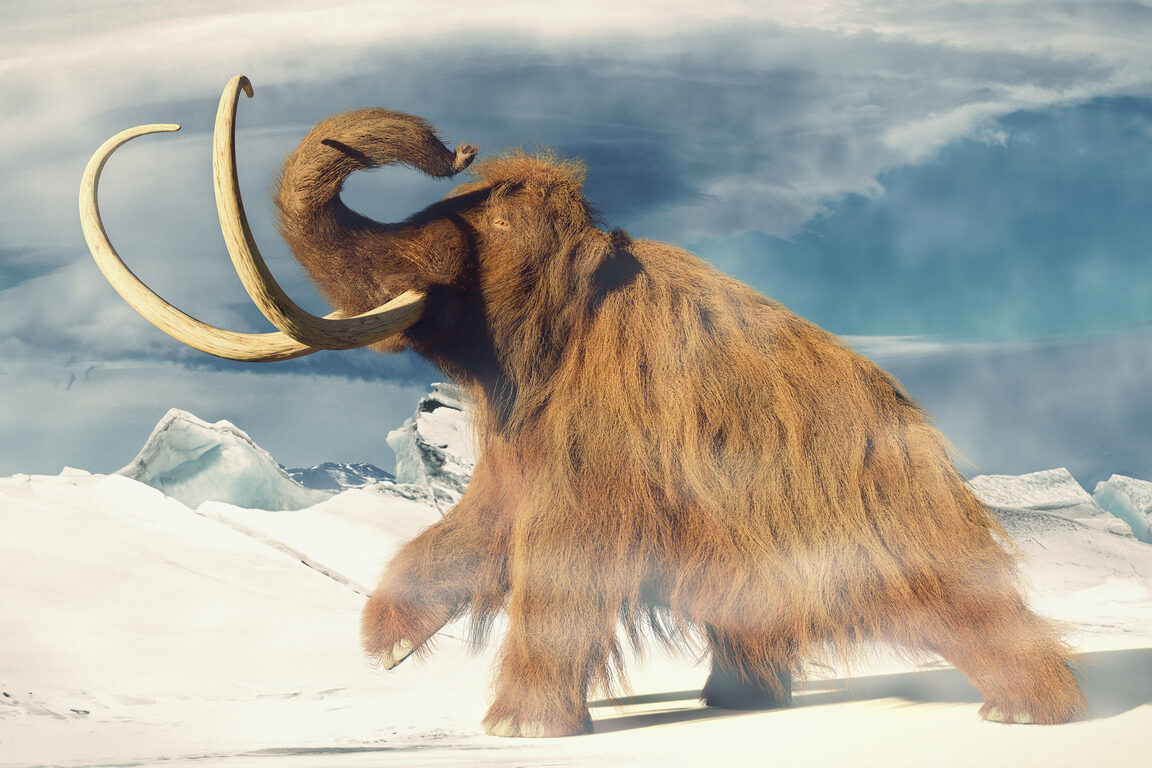
Imagine a world where time bends, and a creature lost to the ages stirs once more. It makes you wonder, doesn’t it, about the very fabric of life and our place within its grand tapestry? Scientists, with their relentless curiosity and groundbreaking techniques, have seemingly turned the impossible into reality. This endeavor, fraught with both exhilaration and a sense of profound responsibility, has the potential to reshape our understanding of evolution itself. Think about the delicate balance of ecosystems, finely tuned over millennia; the reintroduction of a long-absent species could send ripples through this intricate web, creating unforeseen consequences and challenging our preconceived notions of natural order. It’s a moment that calls for deep reflection on our power and the ethical considerations that must guide such monumental undertakings.
Consider the sheer complexity of bringing back a creature whose role in the environment has long been vacant. Its re-entry could either revitalize a struggling ecosystem or, conversely, disrupt the existing harmony, impacting other species in ways we are only beginning to comprehend. Experts in ecology emphasize the need for meticulous research and careful planning to mitigate potential negative effects. They stress that understanding the species’ former interactions within its habitat, its dietary needs, and its potential impact on the current flora and fauna is paramount. This isn’t simply about recreating a lost life form; it’s about thoughtfully integrating it back into a world that has moved on, a world where its absence has shaped the evolutionary trajectory of countless other organisms. The journey ahead requires not just scientific prowess but also a profound respect for the interconnectedness of life and a commitment to responsible stewardship.
A Genetic Whisper

From ancient DNA, a blueprint emerges, a whisper from a time long past. Can you fathom the intricate dance of molecules that holds the key to a life extinguished? Scientists, delving into the very essence of what makes a species unique, are piecing together the genetic code of creatures that once roamed the Earth. This painstaking process, akin to deciphering a forgotten language, unlocks the secrets held within fossilized remains and preserved tissues. It’s a testament to human ingenuity, our relentless pursuit of knowledge pushing the boundaries of what we once thought possible. The ability to read and interpret this genetic script opens a gateway to understanding the evolutionary pathways that led to a species’ demise and, remarkably, the potential for its revival.
However, the journey from a genetic sequence to a living, breathing organism is fraught with challenges. Experts in genetic engineering highlight the immense complexity of translating this code into a viable embryo and ensuring its healthy development. They point out that the ancient DNA is often fragmented and degraded, requiring sophisticated techniques to reconstruct the full genome. Furthermore, the cellular environment needed to nurture this genetic information back to life is vastly different from the conditions that existed when the species last lived. The surrogate mothers, often closely related extant species, may present immunological or developmental hurdles that scientists must carefully navigate. This intricate process underscores the delicate balance between scientific ambition and the biological realities that govern life itself.
Footprints in Time
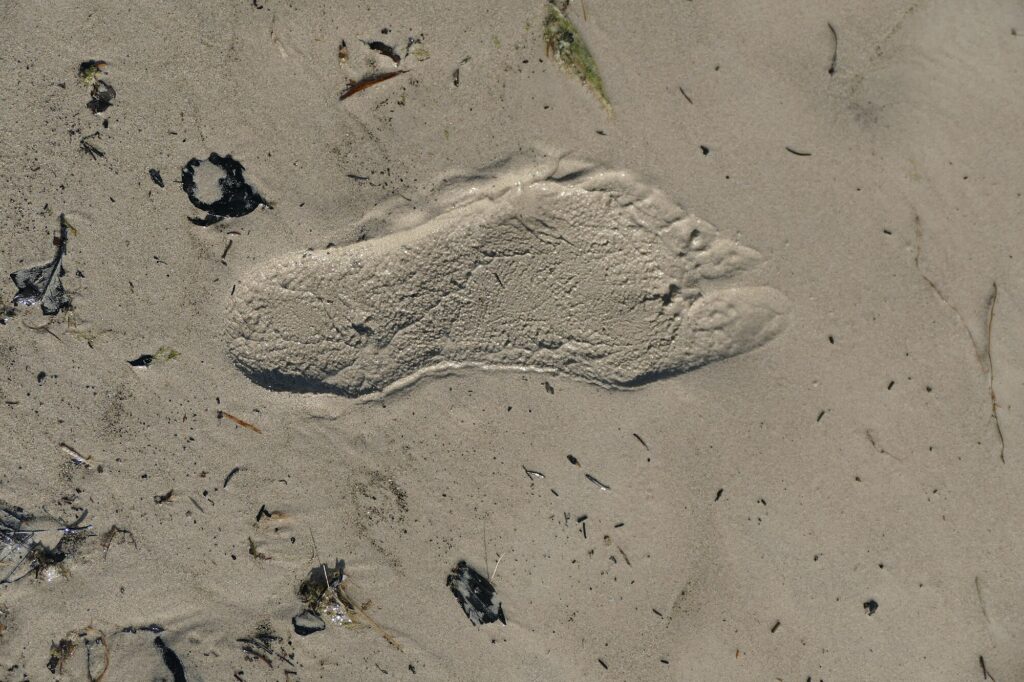
Imagine witnessing a footprint in the dust, a tangible link to a creature we only knew from stories and bones. It sparks a sense of wonder, doesn’t it, a feeling of connection to the deep history of our planet. The resurrection of an extinct species is not merely a scientific feat; it’s a moment that touches our collective imagination, blurring the lines between past and present. It challenges our understanding of time and the finality of extinction, suggesting that perhaps the echoes of lost life can be brought back into the world. This re-emergence can offer invaluable insights into the evolutionary processes that shaped the species and the ecosystems it inhabited, providing a unique window into Earth’s rich biological heritage.
Paleontologists and evolutionary biologists emphasize the potential for studying resurrected species to understand the selective pressures that led to their extinction in the first place. By observing how these creatures adapt to modern environments, we can gain crucial knowledge about the factors that drive species decline and potentially apply these lessons to the conservation of currently endangered animals. Furthermore, the reintroduction of a keystone species could have cascading effects on an ecosystem, potentially restoring ecological balance that was lost with its disappearance. However, experts caution that this must be approached with extreme care, considering the potential for unintended consequences and the need for thorough ecological assessments. The footprints of the past may guide us, but we must tread carefully into the future.
A Second Chance?
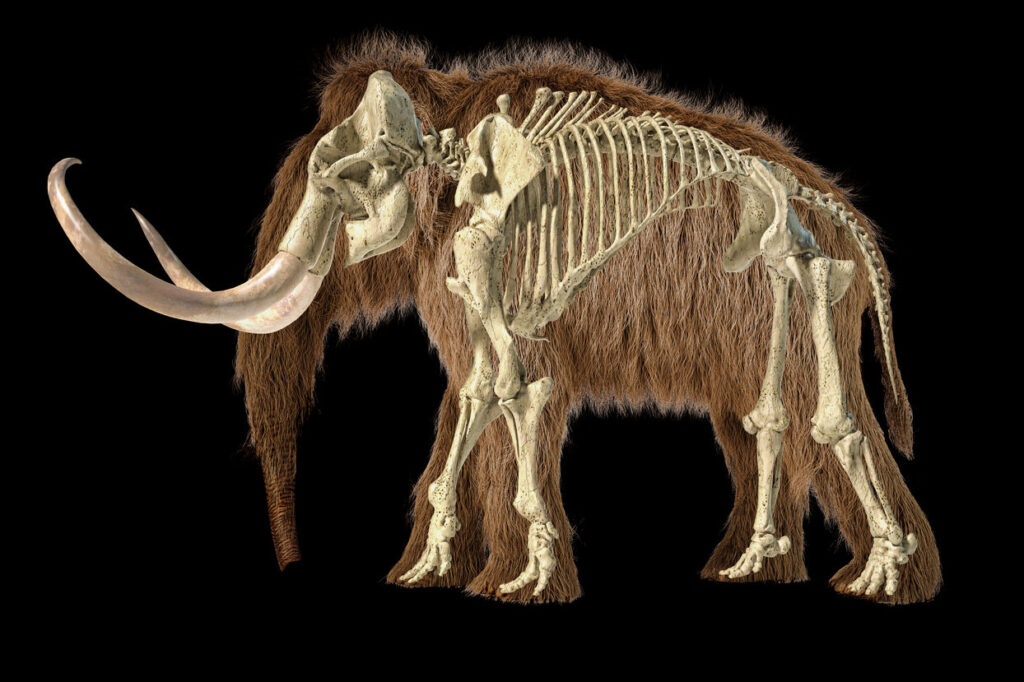
The question hangs in the air: does every extinct species deserve a second chance? It stirs a deep ethical debate, doesn’t it, forcing us to confront our role in the history of extinctions. While the scientific achievement of resurrection is remarkable, it raises complex questions about resource allocation, environmental impact, and the very definition of “natural.” Some argue that our efforts should be focused on preventing current extinctions, addressing the root causes of biodiversity loss rather than attempting to reverse its effects in specific cases. They point to the vast number of species currently teetering on the brink and the limited resources available for conservation.
Conversely, proponents of de-extinction argue that it could offer a way to rectify past environmental damage caused by human activity and potentially restore lost ecosystem functions. Ethicists highlight the moral imperative to consider the potential benefits of bringing back species that played crucial roles in their ecosystems. Furthermore, the scientific knowledge gained from the process could have broad applications in conservation biology and the management of endangered populations. The debate underscores the need for a thoughtful and inclusive dialogue, weighing the potential benefits against the risks and ethical considerations to determine when and if such interventions are truly justified. It’s a conversation about our responsibility to the past, present, and future of life on Earth.
Rewriting the Rules

Evolution, once seen as an irreversible march forward, now faces a potential rewrite. Doesn’t it make you wonder about the very definition of natural selection when human intervention can seemingly reverse its course? The resurrection of an extinct species introduces a new dynamic into the evolutionary narrative, challenging the long-held belief that extinction is a final and absolute end. Scientists are now grappling with the implications of this newfound ability, considering how reintroduced species might interact with their modern relatives and the potential for gene flow and hybridization. This could lead to unexpected evolutionary pathways, blurring the lines between natural and artificial selection.
Evolutionary biologists are particularly interested in studying how resurrected species adapt to environments that have changed significantly since their extinction. This could provide valuable insights into the speed and mechanisms of evolutionary adaptation. Furthermore, the genetic information gleaned from extinct species could inform our understanding of the genetic basis of certain traits and potentially be used to enhance the resilience of existing populations facing environmental challenges. However, experts caution that introducing a previously extinct species back into the evolutionary arena carries inherent uncertainties. The long-term consequences for both the resurrected species and the existing ecosystem are difficult to predict, necessitating careful monitoring and adaptive management strategies. The rules of evolution may not be entirely rewritten, but they are certainly being challenged and expanded in profound ways.
A Glimmer of Hope

In the face of accelerating biodiversity loss, could de-extinction offer a glimmer of hope? Doesn’t the idea of bringing back what we have lost spark a sense of optimism in an otherwise bleak outlook? The potential to revive species that were driven to extinction by human activities offers a tangible way to address some of the environmental damage we have caused. It suggests that perhaps our impact on the planet doesn’t have to be solely one of destruction, that we might also possess the tools to heal and restore. This possibility can be particularly inspiring for conservation efforts, providing a new avenue for protecting and enhancing biodiversity.
Furthermore, the scientific advancements made in de-extinction research could have valuable spin-offs for current conservation techniques, such as advanced reproductive technologies and genetic management strategies. However, experts emphasize that de-extinction should not be seen as a replacement for preventing extinctions in the first place. The primary focus must remain on habitat preservation, mitigating climate change, and addressing the root causes of biodiversity loss. De-extinction, if pursued responsibly, could be a powerful addition to our conservation toolkit, offering a beacon of hope in a time of environmental crisis.
The Butterfly Effect

Consider the delicate balance of nature; could the return of one species trigger a cascade of unforeseen events, a butterfly effect rippling through the ecosystem? It makes you ponder the intricate web of life and the interconnectedness of all living things, doesn’t it? Introducing a species that has been absent for centuries could have far-reaching consequences, impacting predator-prey relationships, competition for resources, and even the spread of diseases. The ecosystem has adapted and evolved in the absence of this species, and its re-entry could disrupt established equilibria in unpredictable ways.
Ecologists often use the analogy of a complex machine to illustrate this point, where the removal or addition of even a single component can have widespread effects. They stress the importance of thorough ecological modeling and risk assessment before any reintroduction attempt. Understanding the potential interactions of the resurrected species with existing flora and fauna, including its potential to become invasive or to outcompete native species, is crucial. Furthermore, the health and genetic diversity of the reintroduced population must be carefully managed to ensure its long-term survival and minimize the risk of introducing genetic bottlenecks or diseases. The butterfly effect serves as a reminder of the complexity of ecological systems and the need for a cautious and adaptive approach to de-extinction.
A Living Fossil

Imagine encountering a creature thought lost to time, a living fossil walking the Earth once more. Doesn’t it evoke a sense of awe and wonder, like stepping into a prehistoric world? The resurrection of an extinct species can provide a unique opportunity to study life forms that have been absent for millennia, offering invaluable insights into their biology, behavior, and evolutionary history. These “living fossils” could hold secrets to adaptation and survival that are relevant to our understanding of modern ecosystems and the challenges they face.
Scientists in various fields, from zoology to paleontology, are eager to study resurrected species firsthand. They envision opportunities to observe their social structures, feeding habits, and reproductive strategies, potentially filling gaps in our knowledge of their extinct relatives. Furthermore, comparative studies between the resurrected species and its closest living relatives could shed light on the evolutionary changes that occurred during its absence. This research could not only deepen our understanding of the past but also inform our conservation efforts for extant species facing similar threats. The re-emergence of a living fossil would be a momentous occasion, offering a tangible link to Earth’s deep history and a wealth of scientific discovery.
The Human Hand
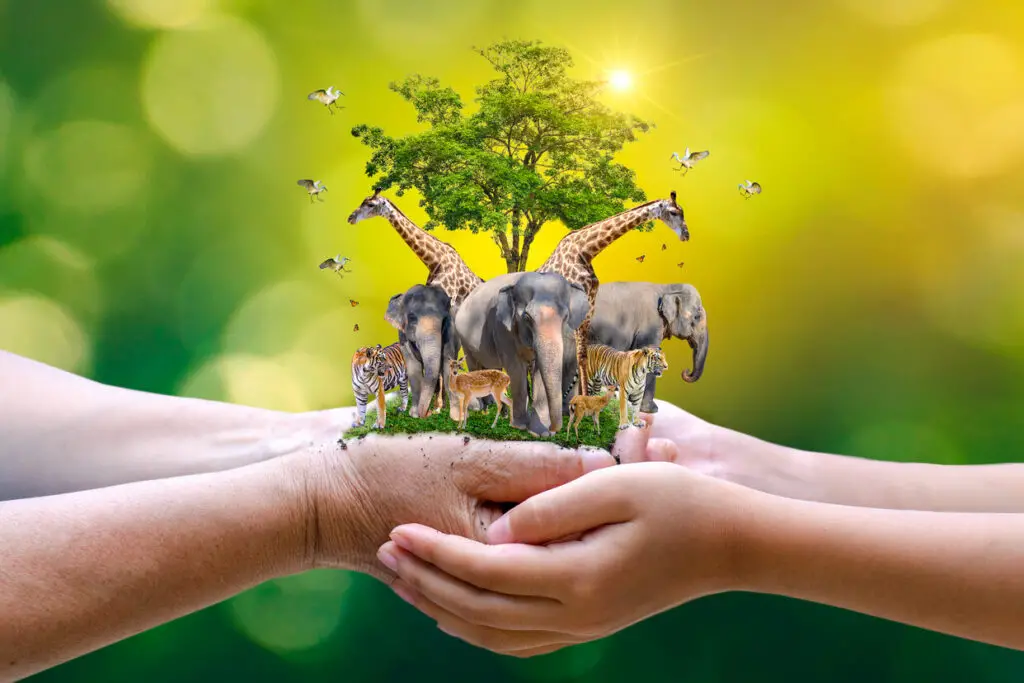
The power to resurrect a species lies in human hands. Doesn’t it make you reflect on our responsibility as stewards of this planet and the ethical implications of wielding such power? While the scientific achievement is undeniable, it raises profound questions about our role in shaping the future of evolution. Are we playing God? Are we right to undo the course of natural selection? These are just some of the complex ethical considerations that must be carefully examined as we move forward with de-extinction efforts. Philosophers and ethicists are actively engaged in debating the moral implications of bringing back extinct species.
They consider issues such as the welfare of the resurrected animals, their potential impact on existing ecosystems, and the allocation of resources that could otherwise be used for preventing current extinctions. Some argue that if human actions contributed to a species’ demise, we have a moral obligation to attempt its revival. Others express concerns about the potential for unintended consequences and the slippery slope of manipulating the natural world. This ongoing dialogue underscores the need for a robust ethical framework to guide decisions about de-extinction, ensuring that scientific advancements are accompanied by careful consideration of our responsibilities and the long-term implications for the planet and its inhabitants.
A Changed Future

The resurrection of a single species has the potential to change the future of evolution in ways we can only begin to imagine. Doesn’t it make you contemplate the long-term consequences and the unpredictable paths that life on Earth might take? The reintroduction of extinct genes into the gene pool could have cascading effects on the genetic diversity and evolutionary trajectory of related species. New adaptations might arise, and existing evolutionary pathways could be altered in unforeseen ways. The long-term ecological and evolutionary consequences are complex and will require careful monitoring and research for decades to come.
Experts in evolutionary genetics emphasize the potential for both beneficial and detrimental outcomes. The introduction of new genetic variation could enhance the resilience of existing populations to environmental change. However, it could also lead to genetic incompatibilities or the spread of harmful genes. Furthermore, the success of a resurrected species in a changed environment will depend on a multitude of factors, including its ability to adapt to new climate conditions, novel diseases, and altered ecosystems. The future of evolution, already a complex and dynamic process, will undoubtedly be shaped in new and intriguing ways by the potential for de-extinction, demanding a long-term perspective and a commitment to understanding the intricate interplay of life on Earth.
Lessons from the Lost
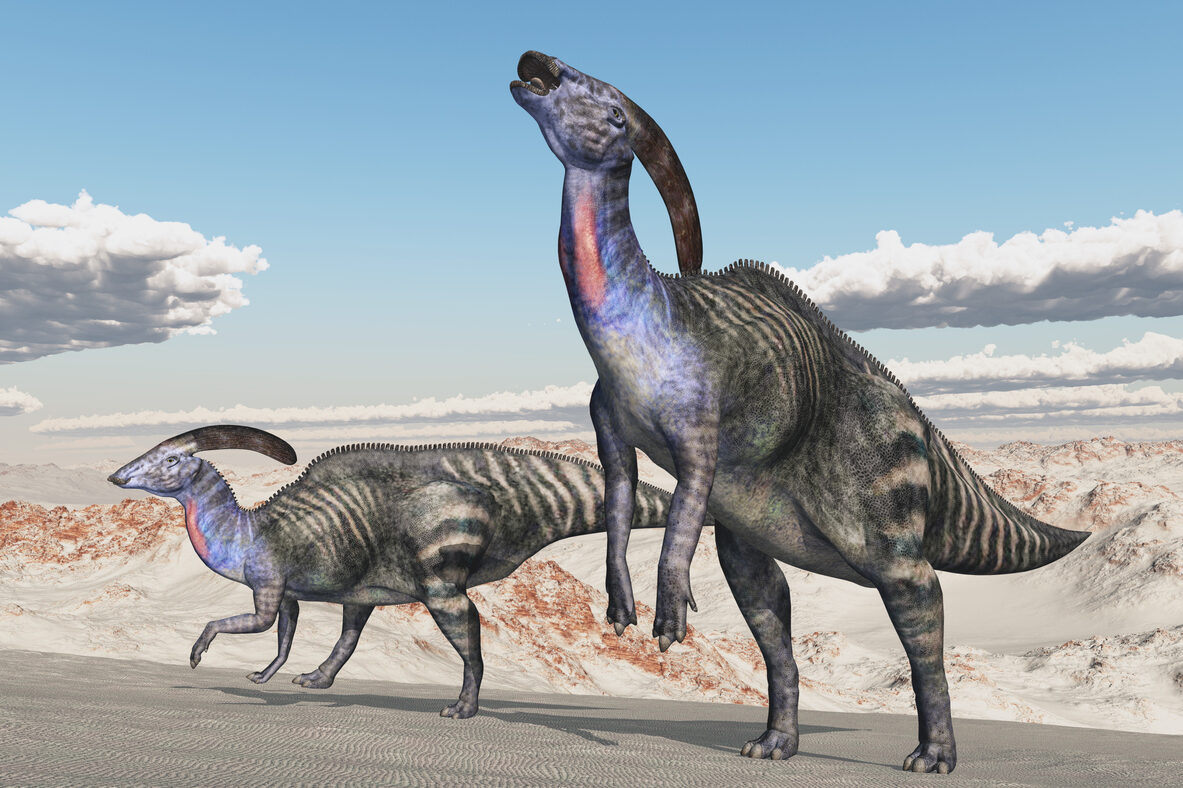
Within the DNA of extinct creatures lie invaluable lessons about the history of life on Earth. Doesn’t it pique your curiosity to think about what we can learn from those who are no longer with us? Studying the genetic code and, potentially, the resurrected forms of extinct species can provide unique insights into the evolutionary adaptations that allowed them to thrive in their time and the factors that ultimately led to their demise. This knowledge can be crucial for understanding the challenges that current species face and for developing effective conservation strategies.
Paleoclimatologists and evolutionary biologists see the potential to reconstruct past environments and understand how species responded to climate change and other environmental shifts. By comparing the genetic makeup of extinct and extant species, we can identify genes associated with adaptation and resilience. This information could be invaluable for predicting how current species might fare in the face of ongoing environmental change and for developing strategies to enhance their survival. The lessons learned from the lost can serve as a guide for navigating the environmental challenges of the present and safeguarding the biodiversity of the future. The whispers from the past hold crucial information for ensuring a more sustainable future for all life on Earth.
A New Chapter

The story of life on Earth is constantly being written, and the resurrection of an extinct species marks the beginning of a new and unprecedented chapter. Doesn’t it feel like we are on the cusp of something truly transformative, a moment that will redefine our relationship with the natural world? This endeavor is not just about bringing back the past; it’s about shaping the future of biodiversity and our role within it. It requires a delicate balance of scientific innovation, ethical responsibility, and a deep respect for the interconnectedness of life. As we move forward, the choices we make will determine the legacy we leave for future generations and the kind of world they will inherit.
The journey ahead will undoubtedly be filled with challenges and uncertainties, but it also holds immense potential for discovery and a renewed appreciation for the fragility and resilience of life. By embracing a collaborative and thoughtful approach, involving scientists, ethicists, policymakers, and the public, we can navigate this new frontier responsibly. The resurrection of an extinct species is not just a scientific achievement; it’s a call to action, an opportunity to reflect on our impact on the planet and to strive towards a future where biodiversity is valued and protected. This new chapter in the story of evolution is one that we are writing together, and it demands our utmost care and consideration.


